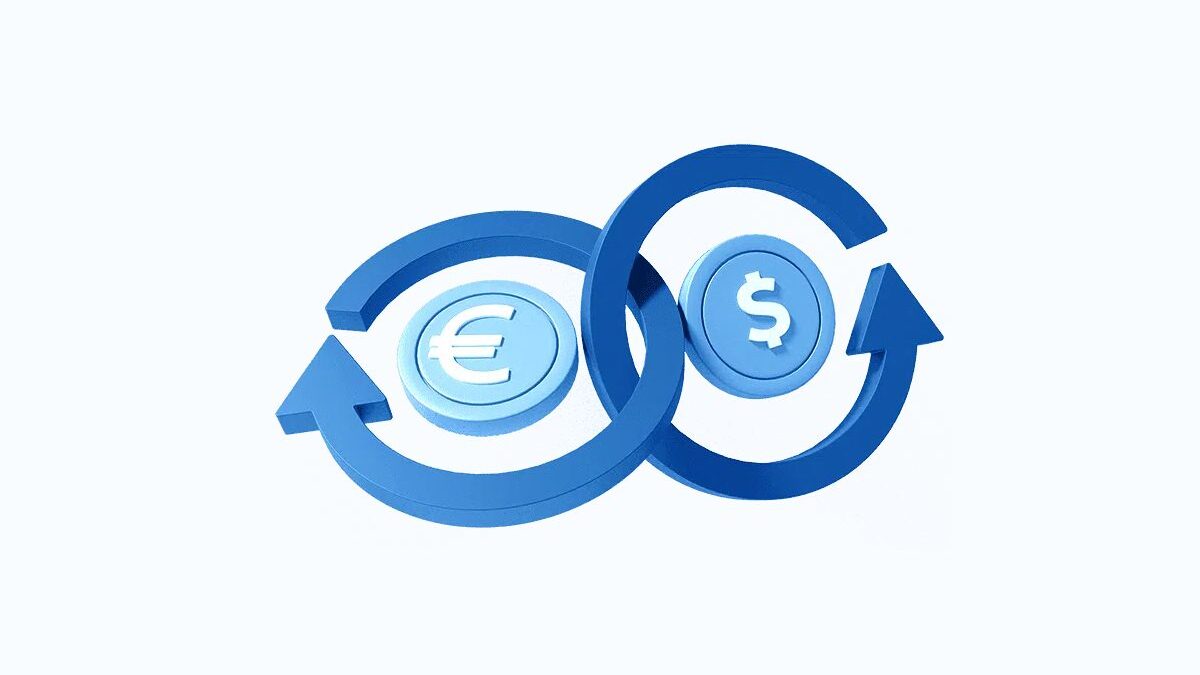We will explain in detail what Swap is and how it works. Here we will tell you everything you need to know to trade FOREX and what role the Swap has in the market.
In a nutshell, we can say that the Swap is an interest charge paid or charged at a specific time: at the end of each session. The Swap is executed for the simple reason of keeping a position open for more than one day. Remember that open trade is one with which it is still possible to make some profit or loss while a closed position has stopped trading. That is, it is no longer active. Many analysts call this charge, or charge, “overnight interest” or “rollover.”
Table of Contents
How Does The Swap Calculation Work?
When you open a FOREX position, you buy or sell two currencies. Buying and selling one or the other strictly depends on the type of position: long posts are related to buying. Instead, short or bearish positions relate to short selling.
You are trading long when you buy a stock intending to make it go up. Happens when you have certainty and a specific study about future market movements, and you believe that a certain currency will appreciate over time. We call it a long position because of that waiting time.
Instead, when the market is constantly changing, you can use a short position and sell quickly to avoid losing your profitability.
So, for example, on the EUR/USD Pair:
- If the position is long (purchase order), euros and dollars are sold. In this case, the dollars are sold to “finance” the purchase of euros. It is believed that the euro will appreciate against the dollar.
- If the position is short (sell order), instead, euros are sold to buy dollars. In this case, the sale of euros “finances” the purchase of dollars because it is believed that the euro will depreciate against the dollar.
In both cases, it is necessary to know that if the position remains open for more than one day:
- Interest is paid on the currency that is sold. That is, the currency used to “finance” the purchase of the other.
- Interest is charge on the currency being purchased, or the currency you believe will increase.
The net result of these two interests is the Swap. If the interest of the currency sold is higher than that of the currency bought. That time you will have to pay the Swap. If the interest on the currency sold is lower, you will earn a profit on the Swap.
How Is The Swap Calculated?
The market has given him the reason and the operator sees how the pair’s downward trend has been consolidate.
- You must pay the interest rate linked to the euro: we assume it is 0% in this example.
- You must charge the interest associated with Australian dollars. Here we assume that it is 2%.
Consequently, the Swap is the net result of both money flows. In the example, the resulting Swap for the operator is equal to the interest received minus the interest paid, that is: 2% – 0% = 2%. Due to the difference interest rates and the type of operation, the Swap supposes an extra income for the operator.
The Swap is then calculated on a daily interest basis. In the example above, the daily Swap is around 0.0055%. This interest rate is applied to the total amount of the open position.
The longer the time a position remains open, the greater the impact of the Swap on its economic result.
Can You Make Money With The Swap?
In truth, the answer depends on each person. In some cases, it is possible. But it is not as simple as it seems.
That is, of the differences between the interest rates of the currencies traded in FOREX.
This Type Of Trading Is Known As A Carry Trade.
The objective of the carry trade in FOREX is to operate to obtain a higher interest, concerning what must be paid. In this way, a direct benefit is obtained.
To profit from the carry trade, you must first choose two FOREX currencies. One of them must have a low interest.
Expert traders can also turn to slightly more exotic currencies. These usually have a higher interest rate. Therefore, the spreads are higher. May negate your initial carry trade advantage.
Also Read: Financial Derivatives- Definition Of Financial Derivatives.


